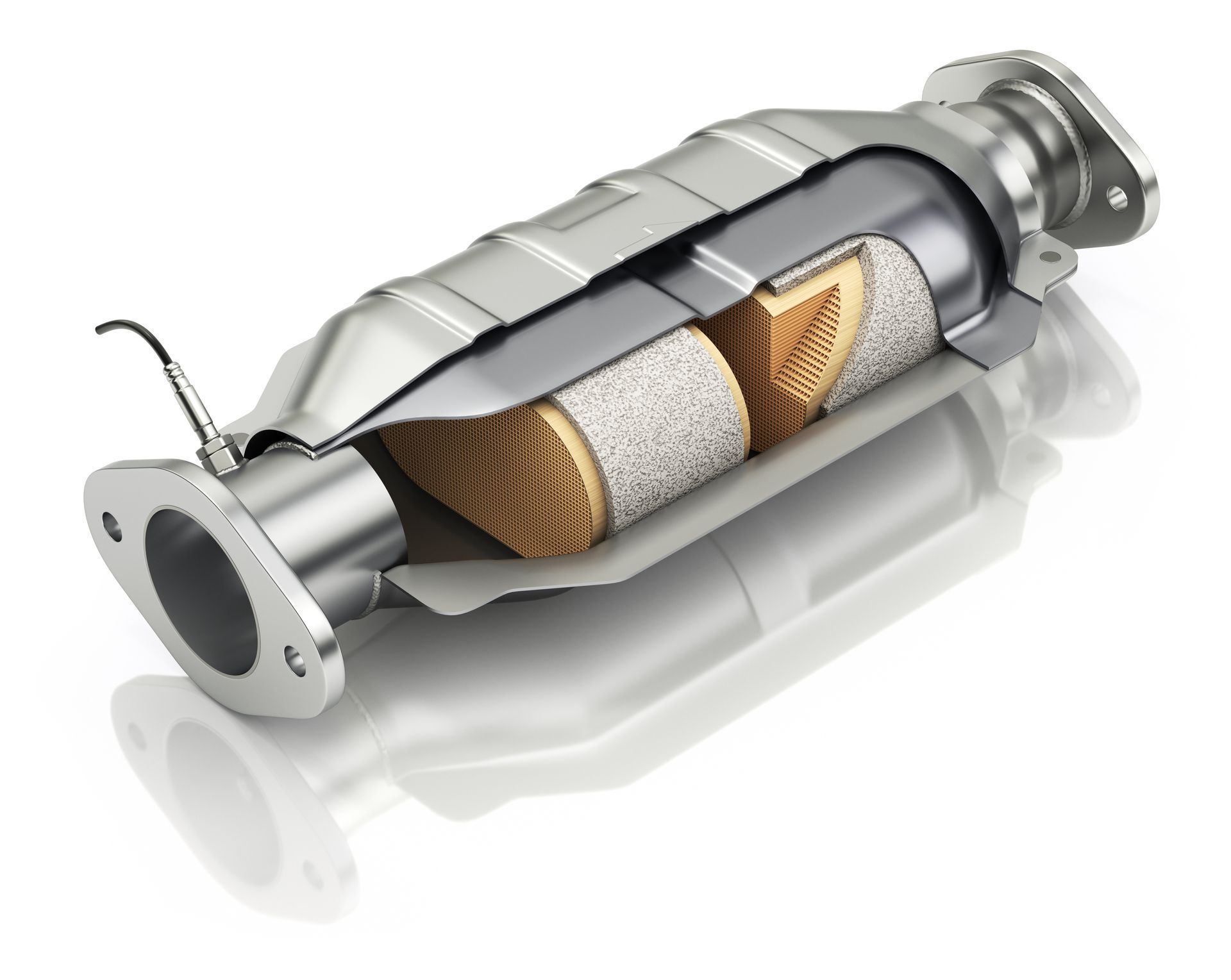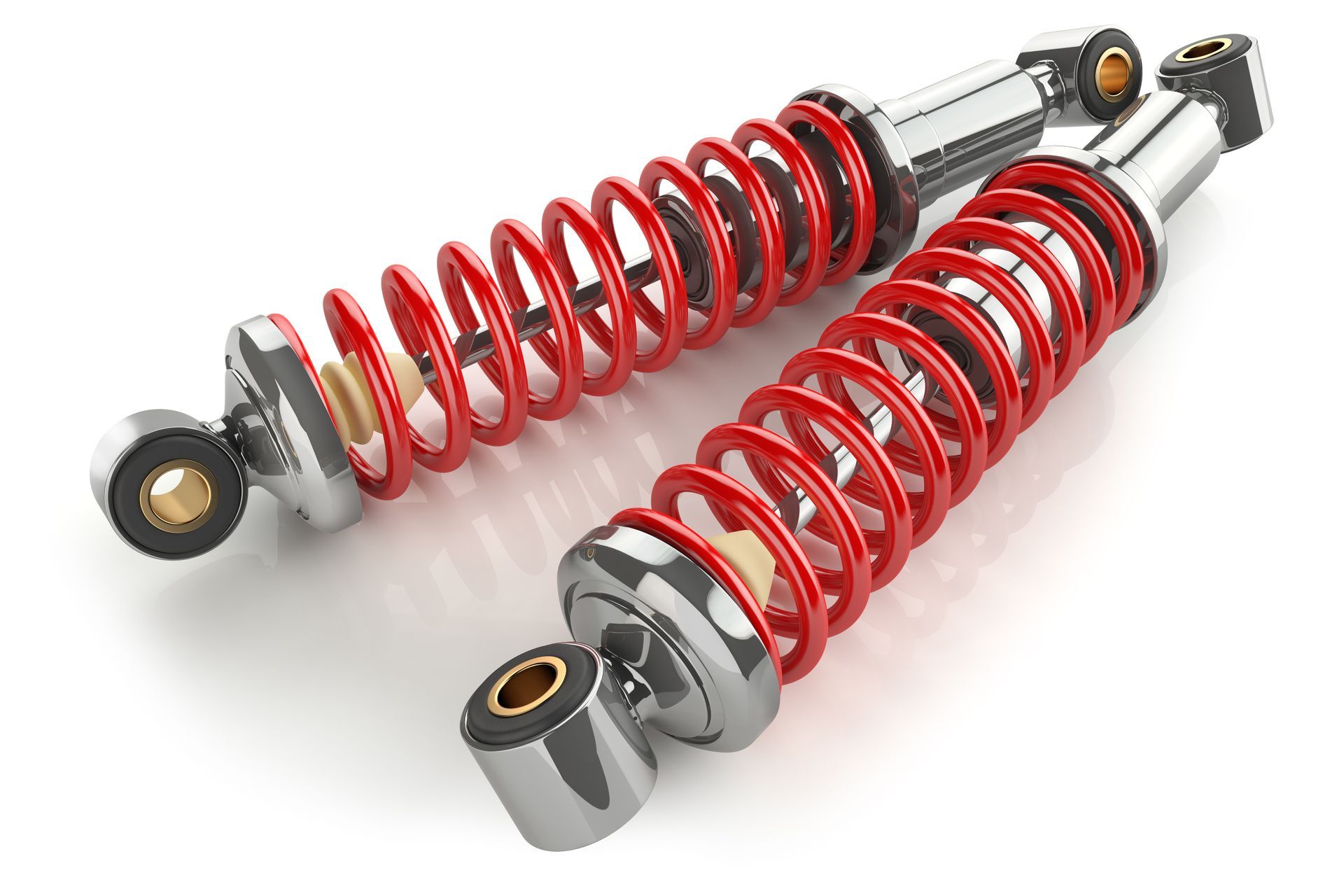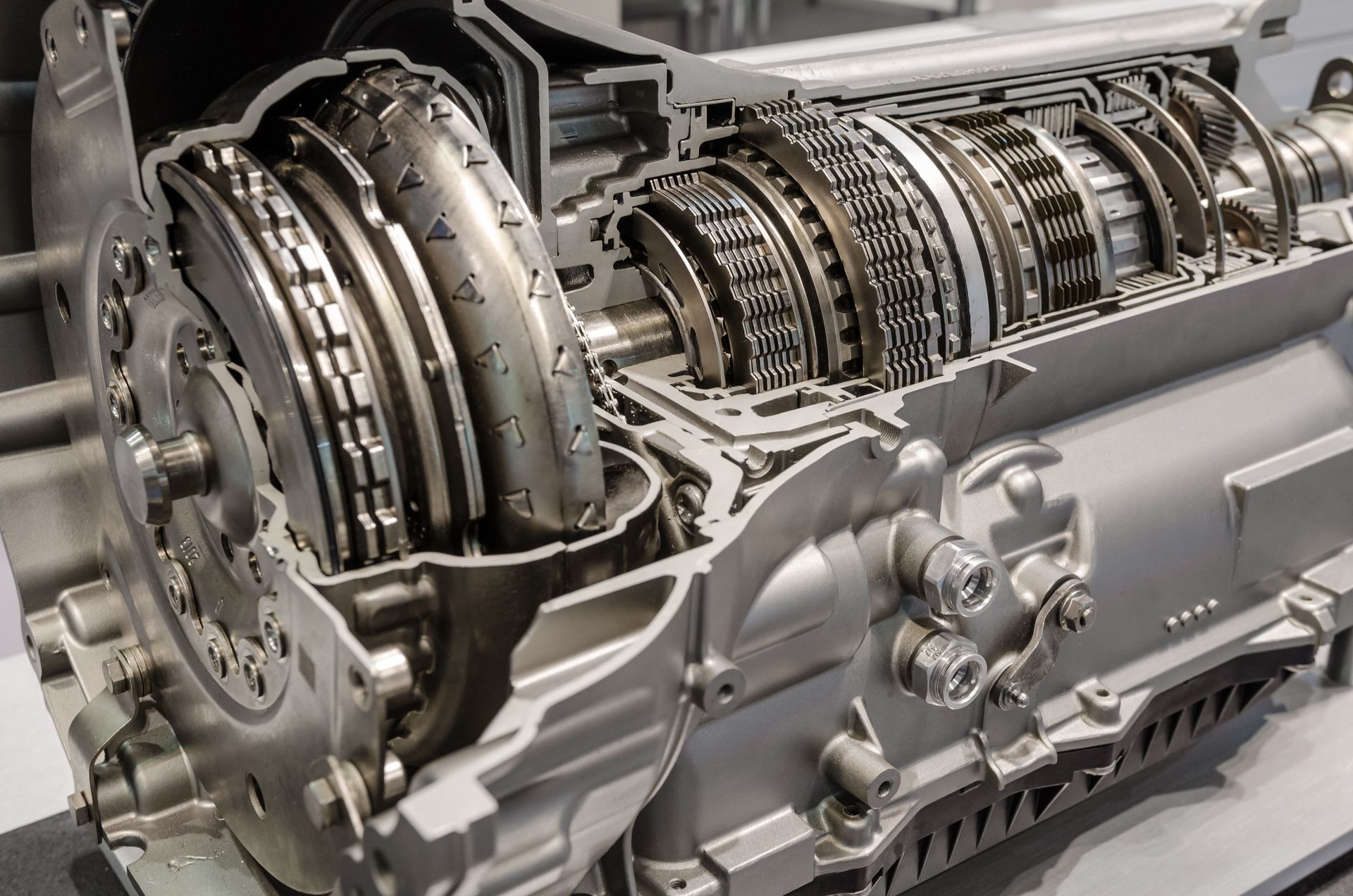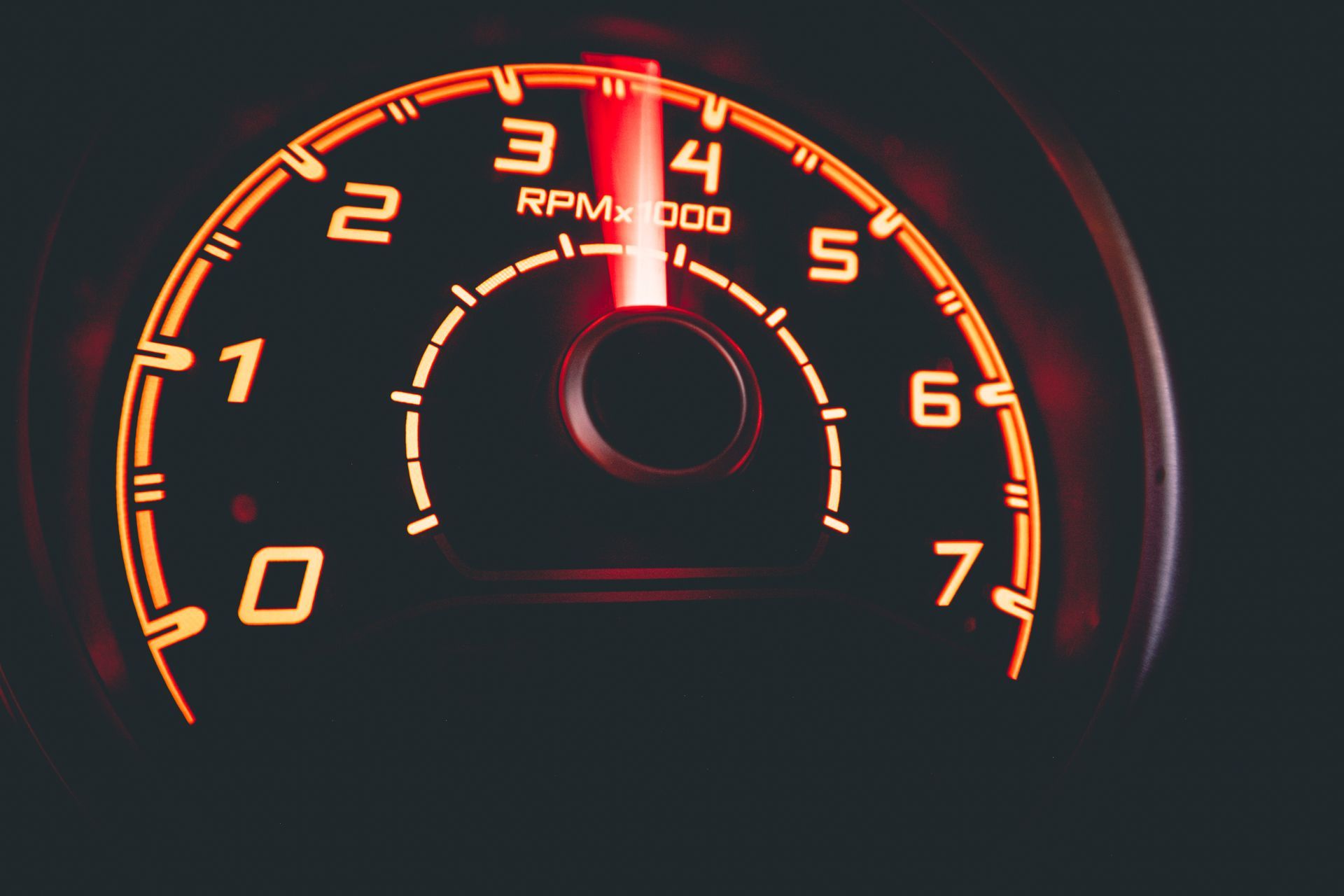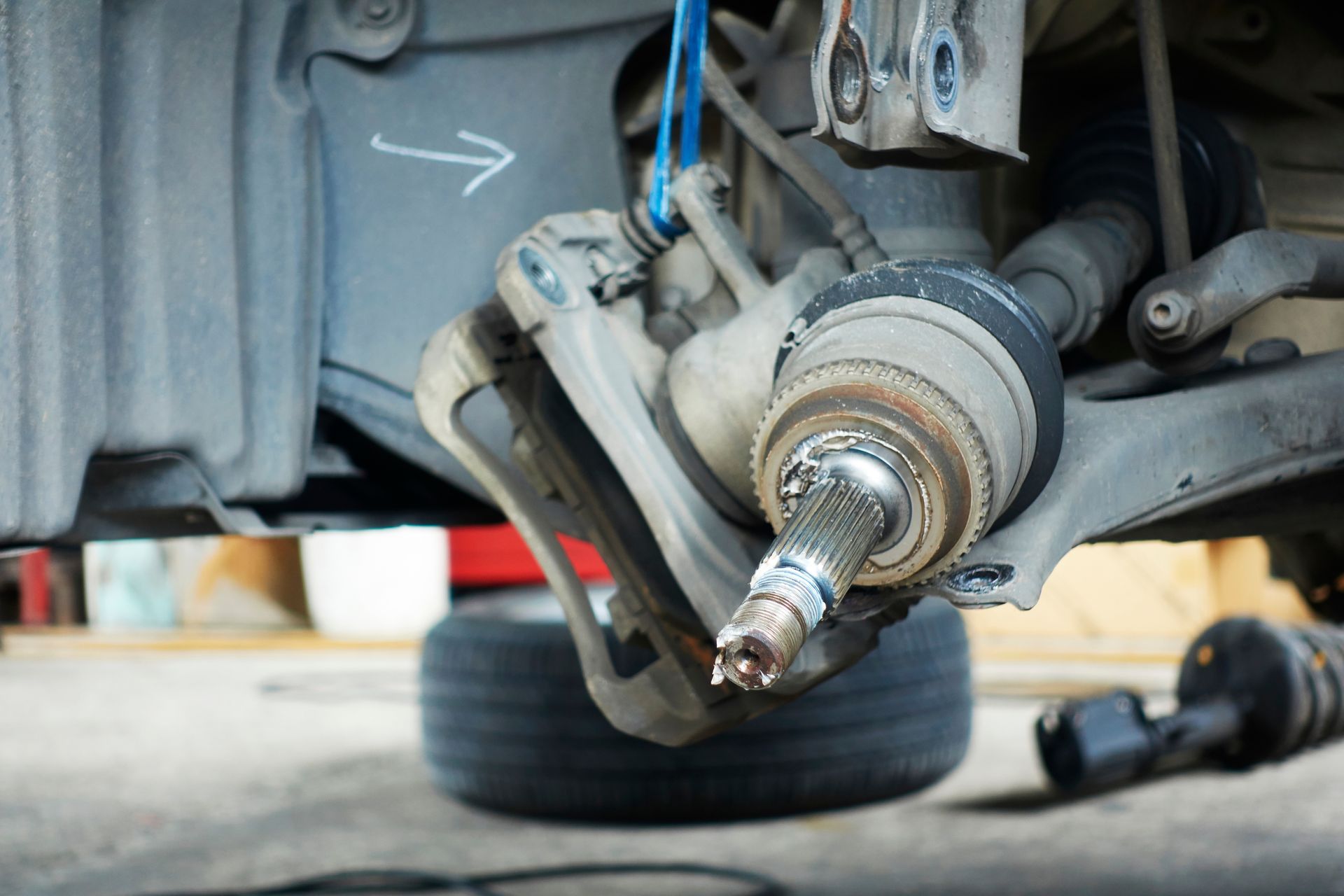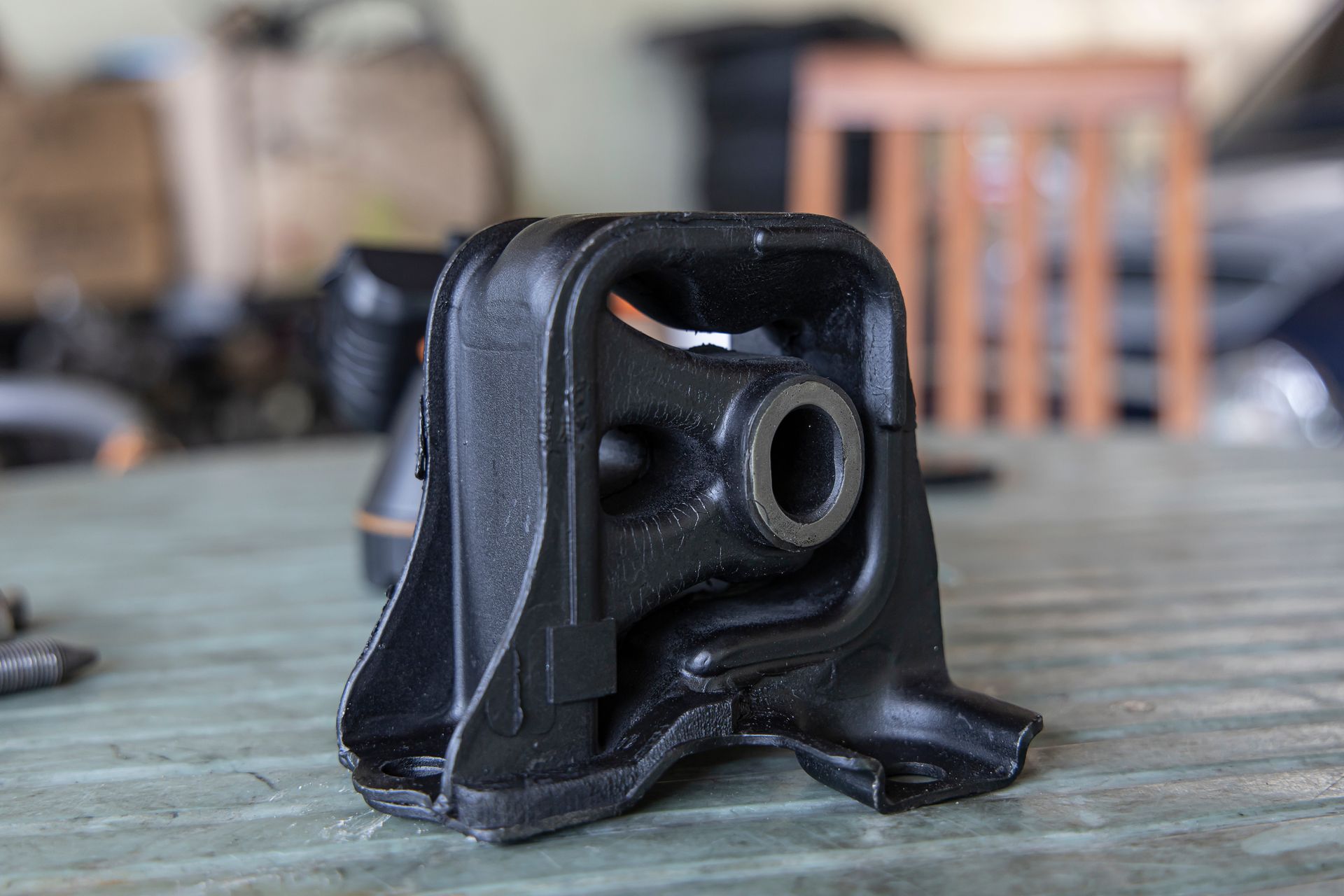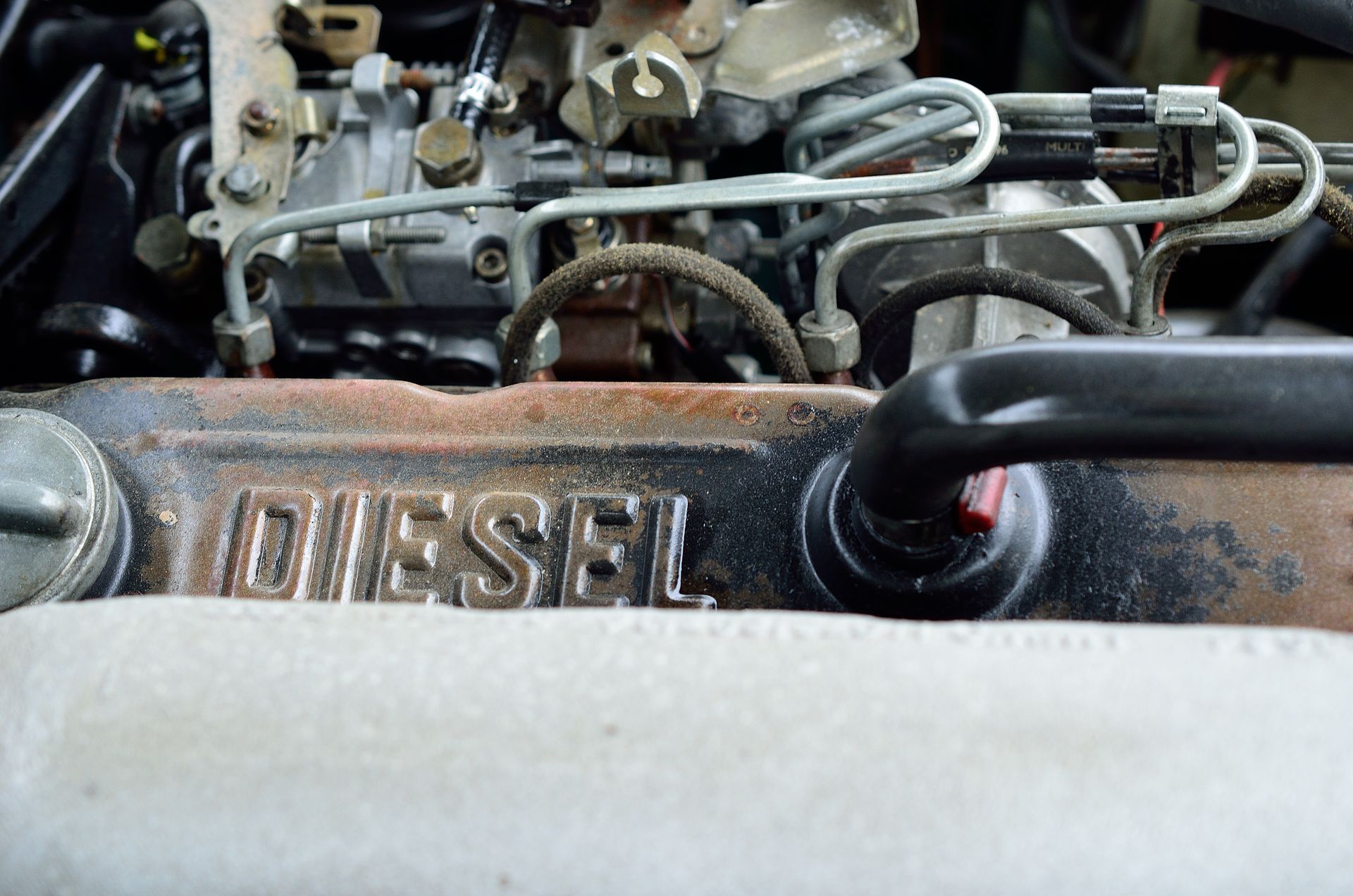Have you ever wondered what happens under the hood of your car when you turn the key or push the start button? Gas, fuel, and air mix together, powering your wheels. But how does all this happen?
How Does The Engine Get Fuel and Air?
The engine needs two main things to work: fuel (like gasoline) and air. These are mixed together inside the engine. Imagine a spray bottle; it combines air with the liquid inside to create a fine mist - similar to what happens in your engine, but with fuel and air.
This mixture is then squeezed tightly in a part of the engine called a cylinder. When it's compressed, it ignites - this is how it works in diesel engines. In gasoline cars, the fuel and air mixture is ignited by a spark plug. This tiny explosion is what powers the engine.
To keep this process going smoothly and efficiently, the engine uses refined parts and timing, either from a belt or chain.
Engine Timing Explained
Timing in an engine is all about coordination and balance. The engine has a lot of moving parts, but let's focus on two: valves and pistons. Valves open and close to let fuel and air in and out of the engine, while pistons move up and down to compress this mixture.
The timing belt, or chain, ensures the valves and pistons move smoothly. If the timing is off, even by a fraction of a second, performance is hindered and starts to misfire.
Drivetrain and The Engine
Now, let's talk about how the engine's power gets to the wheels. This is where the drivetrain comes in. Think of it as the wire that delivers the engine's power to the wheels. The drivetrain includes several parts:
- The transmission (which changes the engine's gears).
- Driveshafts (rods that carry the power).
- Differentials (which help turn the wheels at different speeds when needed).
- This whole system works together to ensure that the engine's power is used effectively to move your car.
Horsepower Output and Tire Traction
Horsepower is a term thrown around a lot, but what does it actually mean? In simple terms, it's a measure of an engine's output. But there's more to it. This power needs to be harnessed and transferred to the road effectively. That's where tire traction comes into play, along with the drivetrain we talked about above. The right amount of grip ensures that all the power doesn't go to waste in a cloud of tire smoke. The main reason behind the use of AWD (all-wheel drive systems) in high-horsepower vehicles is to deliver and spread the power to all four tires, maximizing grip.
A Few Questions You Might Have!
Q1: How often should the timing belt be replaced?
A1: Typically, timing belts should be replaced every 60,000 to 100,000 miles to prevent sudden engine failure.
Q2: Can better tire traction improve fuel efficiency?
A2: Yes, proper tire traction can enhance fuel efficiency by ensuring better power transfer to the road.
Q3: What happens if the fuel-air mixture is incorrect?
A3: An incorrect fuel-air mixture can lead to engine knocking, reduced efficiency, and increased emissions.
Looking for some of the best engine services in town? Barsh Automotive is here for all of your required maintenance or repairs - just book an appointment, and we'll help out!

